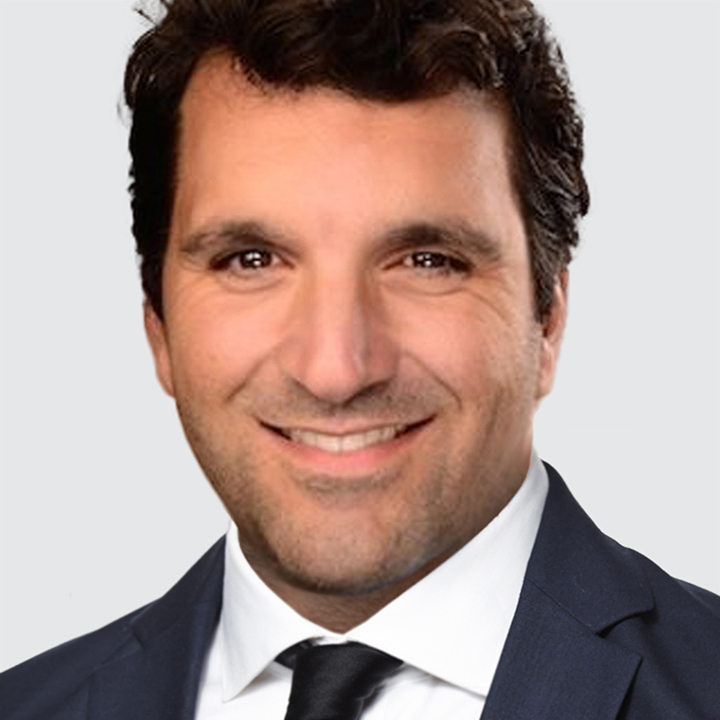Greenback Gains Ground
US
USD is firmer against most major currencies on more signs we may have reached peak trade hostility. According to a Chinese state-run media outlet, the US government has reached out to China through various channels to initiate tariffs talk.
The mixed US Q1 GDP data did not move the needle on Fed funds rate cut expectations. Fed funds futures continue to price-in a total of 125bps of cuts over the next twelve months.
Real GDP contracted by -0.3% SAAR (consensus: -0.2%) vs. 2.4% in Q4 primarily reflecting an increase in imports and a decrease in government spending. Imports shaved -5.03pts off growth, the most since Q3 2020, as firms moved to front-run tariffs. Government spending subtracted -0.25pts from growth, the first negative print since Q2 2022.
Under the hood economic activity was solid in Q1. Personal consumption spending added 1.21pts to growth vs. 2.7pts in Q4. Private investment added 3.60pts, the most since Q4 2021, driven by inventory restocking and non-residential investment. Excluding the volatile inventory item, real final sales to private domestic purchaser rose 3.0% SAAR vs. 2.9% in Q3 which is consistent with robust domestic demand.
Meanwhile, US PCE inflation cooled closer to the Fed’s 2% target in March. Headline PCE eased to 2.3% y/y (consensus: 2.2%) vs. 2.7% in February and core PCE matched consensus at 2.6% y/y vs. 3.0% in February.
Nevertheless, anecdotal evidence from the April Fed Beige Book and survey data point to a deteriorating US growth outlook. According to the Beige Book the outlook in several Districts worsened considerably as economic uncertainty, particularly surrounding tariffs, rose. Today, the ISM manufacturing index is forecast at 47.9 vs. 49.0 in March (3:00pm London) and indicative of a deeper contraction in manufacturing activity. Bottom line: the less favorable US economic outlook will continue to weigh on USD.
JAPAN
As was widely expected, the Bank of Japan (BOJ) left the policy rate unchanged at 0.50%. The decision was unanimous. The BOJ also reiterated its hawkish guidance that it will continue to raise the policy rate if the outlook for economic activity and prices will be realized. The swaps market is not convinced and implies just one 25bps hike to 0.75% over the next three years.
JPY fell against all major currencies and 10-year JGBs rallied because the BOJ’s more dovish outlook (table below) further dimmed rate hike expectations. First, the BOJ slashed the projected growth rates for fiscal 2025 and 2026 due to the effects of trade and other policies. Second, the BOJ trimmed inflation forecasts (CPI all items less fresh food) for fiscal 2025 and 2026, mainly reflecting the decline in crude oil prices and the downward revision of the GDP growth rates. Third, the BOJ warned that risks to the economic and inflation outlooks are skewed to the downside.
We expect USD/JPY to resume its year-to-date downtrend as Fed funds futures have adjusted lower and the global growth outlook has worsened. Next USD/JPY technical resistance is offered at 145.00.
CANADA
CAD is outperforming most major currencies. The path to a US-Canada trade deal is slowly emerging. President Donald Trump said that newly elected Canadian Prime Minister Mark Carney called him yesterday and said, “Let’s make a deal.” Carney is expected to visit the White House within the next week or sooner.
The Bank of Canada (BOC) Summary of Deliberations of the April 16 meeting confirmed that Governing Council members debated the case to maintain the policy interest rate or reduce it by 25bps. Ultimately, members reached a consensus to keep the policy interest rate at 2.75% while they gained more information on tariffs and their impacts. Members also agreed to be less forward looking than usual. Markets price-in a full 50bps of easing over the next 12 months. This seems about right. The BOC’s scenario analysis shows Canada’s real GDP either stalling in Q2 or contracting over the remainder of 2025.

